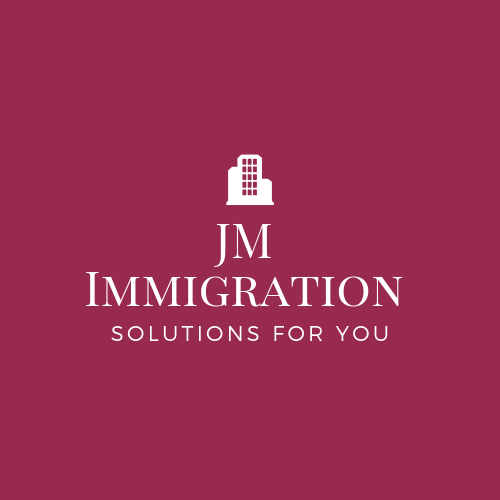Navigating Canada’s New Immigration Path: Liberal Party’s 2025 Vision
Canada’s immigration landscape is undergoing a significant transformation under the Liberal Party’s leadership in 2025, with Prime Minister Mark Carney at the helm. Following their victory in the April 2025 federal election, the Liberals have outlined a comprehensive immigration policy aimed at balancing economic needs, cultural diversity, and infrastructure capacity. This blog explores the key pillars of their strategy, including stabilizing permanent resident admissions, reducing temporary resident levels, boosting Francophone immigration, prioritizing economic immigration, and enhancing border security and processing efficiency.
Permanent Resident Immigration
The Liberal Party’s immigration policy emphasizes stabilizing the number of permanent residents (PRs) admitted annually to ensure sustainable population growth. Their 2025–2027 Immigration Levels Plan sets PR targets at 395,000 in 2025, 380,000 in 2026, and 365,000 in 2027, aligning with a commitment to keep admissions below 1% of Canada’s population (approximately 41.5 million in 2025) beyond 2027. This represents a significant reduction from the previous target of 500,000 PRs annually, reflecting a response to public concerns about housing, healthcare, and infrastructure pressures.
By stabilizing PR admissions, the Liberals aim to create a predictable and manageable immigration system. A key focus is transitioning temporary residents already in Canada—such as international students and workers—to permanent residency. In 2025, over 40% of PR admissions (approximately 82,980 spots) will be allocated to these individuals, leveraging their existing integration into Canadian society to support economic stability without exacerbating demands on social services.
Francophone Immigration
The Liberals are committed to strengthening Francophone communities outside Quebec, recognizing their cultural and economic significance. The 2025–2027 Immigration Levels Plan sets Francophone immigration targets at 8.5% of total PR admissions in 2025, 9.5% in 2026, and 10% in 2027. The party has pledged to increase this to 12% by 2029, a 20% rise from current levels, to bolster French-speaking regions like New Brunswick, Ontario, and Manitoba.
Initiatives like the Francophone Community Immigration Pilot and enhanced integration support aim to attract and retain French-speaking newcomers. This policy not only promotes linguistic diversity but also addresses labor shortages in Francophone minority communities, ensuring their long-term vitality.
Economic Immigration
Economic immigration remains a priority, with the Liberals aiming to fill labor market gaps and drive long-term prosperity. By 2027, 61.7% of PR admissions will fall under the economic class, targeting skilled workers in critical sectors such as healthcare, skilled trades, STEM, and agriculture. Programs like the Federal Skilled Worker Program, Provincial Nominee Program (PNP), and Express Entry system will continue to play a central role.
The Liberals also plan to revitalize the Global Skills Strategy to attract high-skilled workers, particularly from the U.S., and streamline foreign credential recognition in collaboration with provinces. This focus ensures that newcomers contribute to Canada’s economy while addressing specific workforce needs. In 2025, 41,700 PR spots under “Federal Economic Priorities” will target these high-demand sectors, enhancing Canada’s competitiveness on the global stage.
Temporary Resident
A cornerstone of the Liberal policy is reducing the proportion of temporary residents (TRs) to alleviate strain on Canada’s infrastructure. As of January 2025, TRs numbered 3.02 million, accounting for 7.27% of the population. The Liberals plan to cap TRs at less than 5% by the end of 2027, a reduction of approximately 874,124 people between 2025 and 2027.
To achieve this, the government has introduced measures such as capping study permit applications, restricting eligibility for Post-Graduation Work Permits (PGWPs), and limiting Spousal Open Work Permits (SOWPs). Additionally, the 2025–2027 Immigration Levels Plan includes TR targets for the first time, projecting 673,650 new work and study permit holders in 2025, 516,600 in 2026, and 543,600 in 2027. These policies aim to balance labor market needs with housing and service capacity, addressing public concerns about rapid population growth post-pandemic.
Border Security and Processing Efficiency
Beyond the core pillars, the Liberals are enhancing border security and immigration processing to maintain public trust and system integrity. Their 2025 platform includes tighter visa rules, increased resources for security screenings, and faster removals of inadmissible individuals. Digital service tools will be leveraged to reduce processing times and eliminate backlogs, improving efficiency for applicants.
The party also emphasizes cooperation with provinces and territories, respecting Quebec’s authority over its immigration levels under the Canada-Quebec Accord. This collaborative approach ensures that immigration policies align with regional needs while maintaining a cohesive national framework.




